From Sept. 20 to Dec. 8, 2025, Villa Carlotta in Tremezzina (Como) dedicates its fall season to one of the best-known and most prolific families of artists in 19th-century Italy, the Bisi family. The exhibition, entitled Family Portrait. The Bisi, a dynasty of artists in Romantic Lombardy between Manzoni, Hayez and Princess Belgiojoso, represents the first opportunity for organic study and dissemination dedicated to this dynasty that, along five generations, has been able to dialogue as protagonists with the greats of the European and Italian cultural scene. The director of Villa Carlotta, Maria Angela Previtera, stressed that the decision to open this exhibition in September also responds to the intention of favoring the deseasonalization of tourist flows on Lake Como, offering the public cultural proposals of scientific importance. Curated by Maria Cristina Brunati, Maria Angela Previtera and Sergio Rebora, with scientific coordination by Alberto Corvi, the initiative also enhances the villa’s collections. Prominent among them is Giuseppe Bisi’s large painting View of Villa Sommariva, commissioned in 1822 by Giovanni Battista Sommariva, the historic owner of the residence.
According to curator Maria Cristina Brunati, research conducted on largely unpublished sources preserved in public and private archives has made it possible to reconstruct for the first time the collective story of a family that intertwined its destiny with figures such as Alessandro Manzoni, Francesco Hayez, Carlo Cattaneo and Princess Cristina Barbiano di Belgiojoso Trivulzio. Sergio Rebora added how the exhibition, together with the accompanying volume, returns to the public the path of a dynasty that along five generations measured itself with Italian and European figurative culture, becoming direct interlocutors of the protagonists of the time.
The exhibition brings together more than sixty paintings from national museums, public institutions and private collections. Loans include works from the Accademia di Belle Arti di Brera, Palazzo Montecitorio in Rome, FAI - Fondo per l’Ambiente Italiano, Fondazione Brescia Musei and the Residenze Reali Sabaude in Piedmont. The exhibition traces the evolution of a family nucleus that contributed to the renewal of landscape painting, perspective views and portraiture, establishing friendly relations with leading figures in 19th-century society and culture.
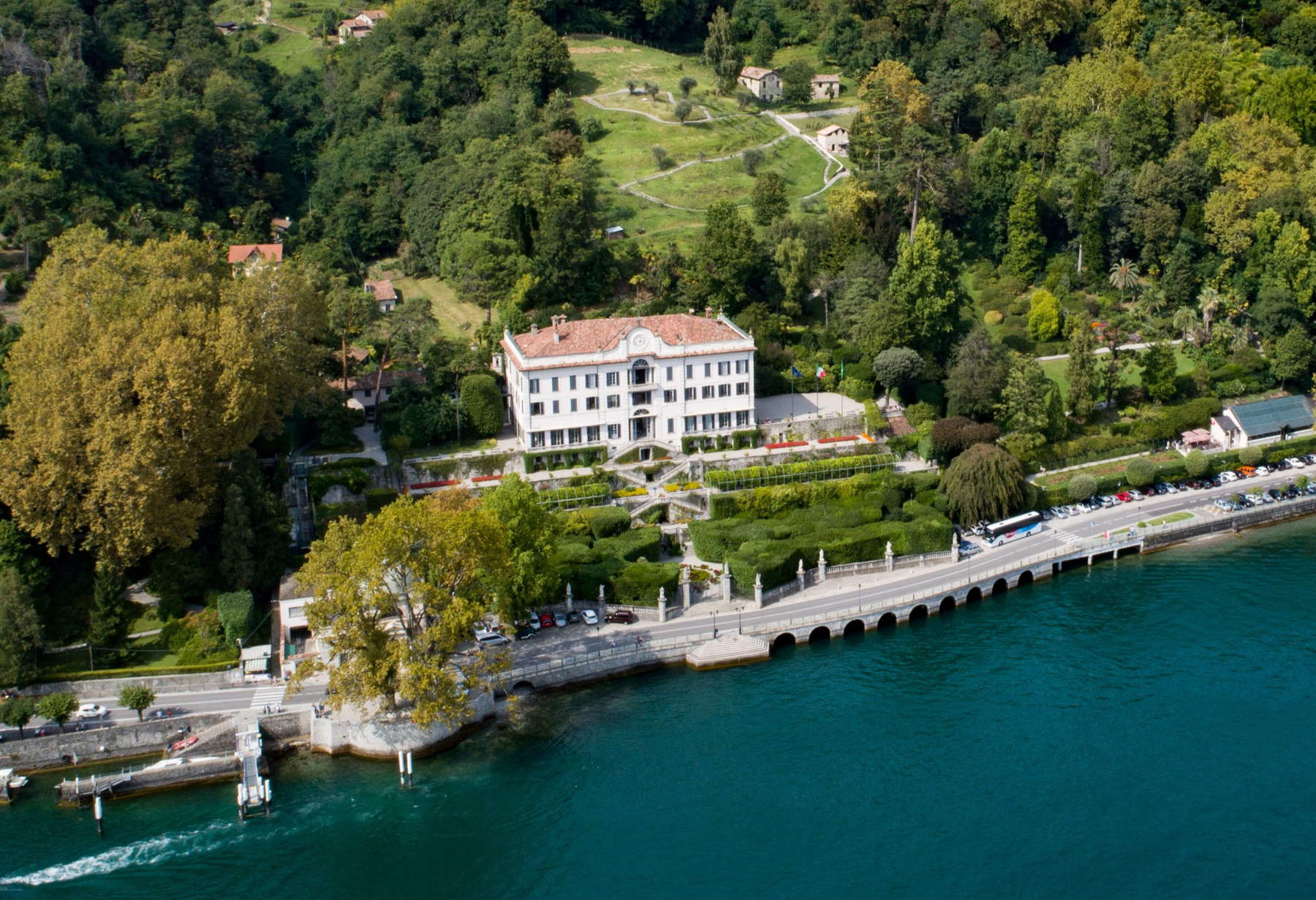
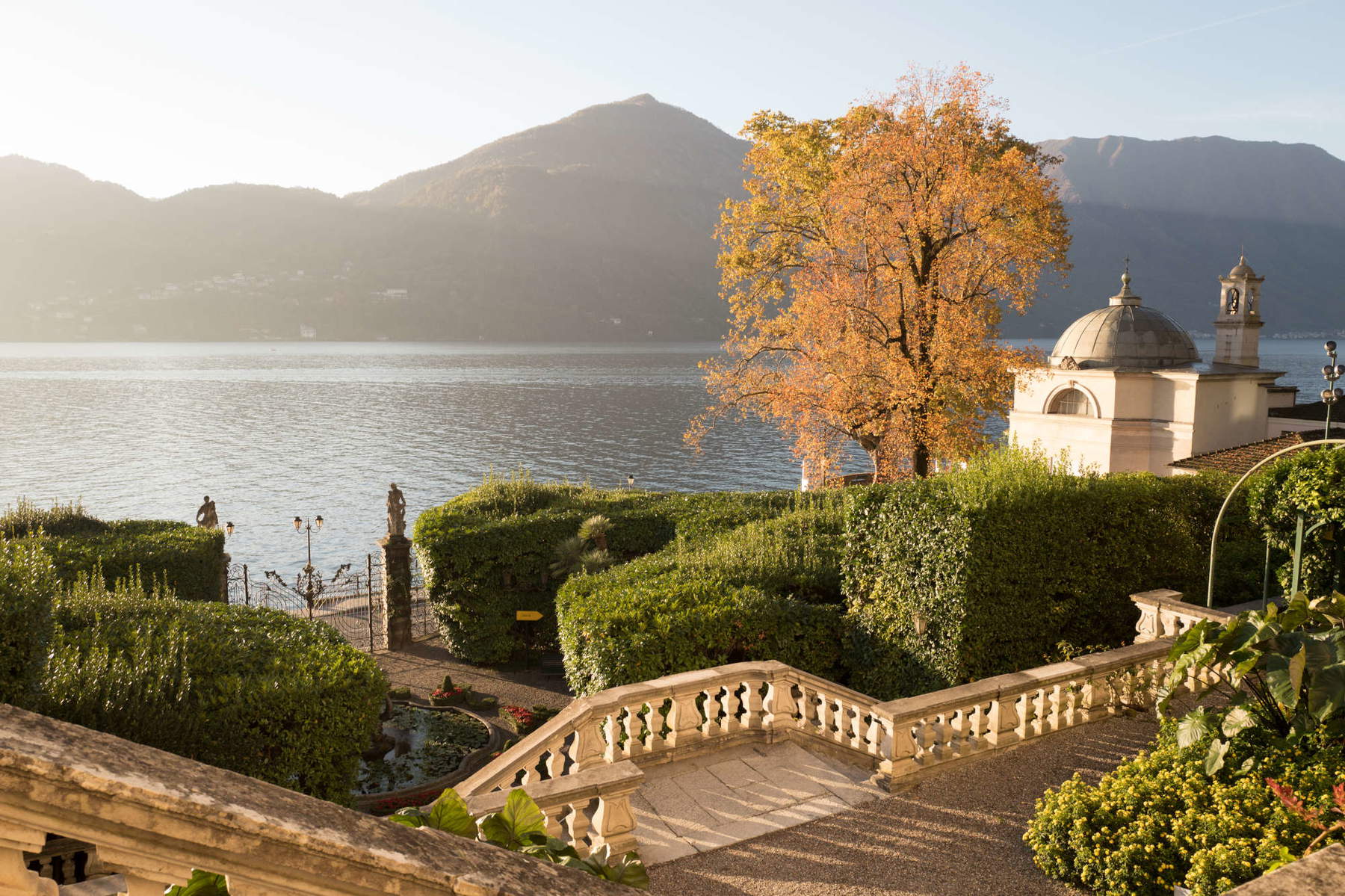
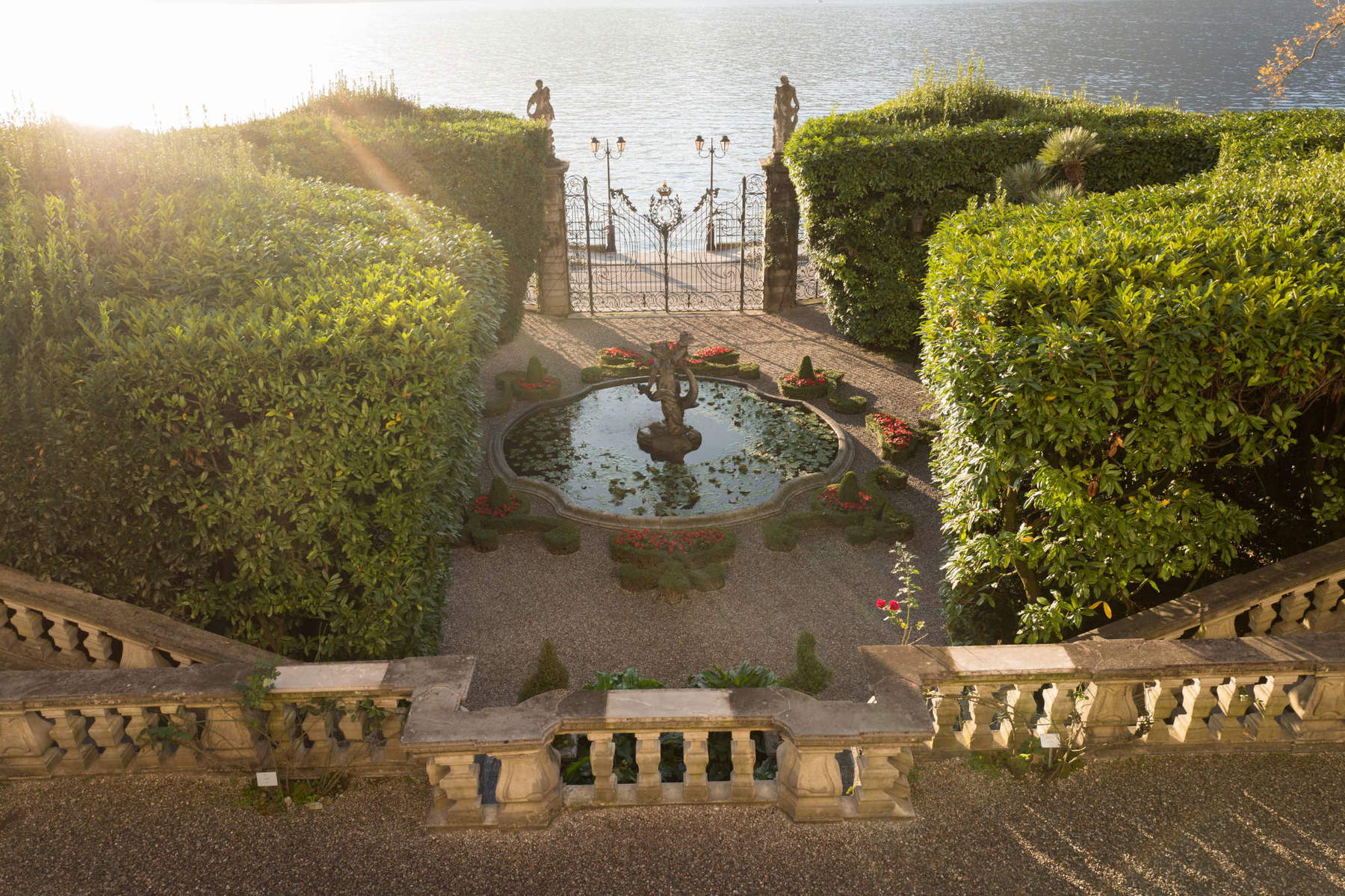
Great importance is given to Giuseppe Bisi (Genoa, 1787 - Varese, 1826) and his nephew Luigi Bisi (Milan, 1814 - 1886), who dominated the Milanese art scene for more than forty years. Both taught at the Brera Academy, the former in the chair of Landscape and the latter in that of Perspective, training entire generations of students. They were joined by other members of the family, such as Ernesta Legnani (Milan, 1788 - 1859), versatile portraitist in miniature and watercolor, Michele Bisi (Genoa, 1788 - Milan, 1874), engraver, Michele’s brother, the painters Fulvia B isi (Milan, 1818 - 1911) and Antonietta Bisi (Milan, 1813 - 1866), and the aforementioned Luigi, Michele’s son, famous for interior views.
The exhibition itinerary is divided into five sections. The first, dedicated to the family, recalls how already in the 19th century the Bisi family was a prominent artistic clan, also linked by kinship ties to other established painters, including Giuseppe Bertini, a professor at Brera from 1860. In the signature book of visitors to Villa Carlotta, dated October 11, 1844, we find an indication of the passage of the “Bisi Family” visiting Tremezzo in the company of the painter Eliseo Sala. In those years the various members of the family were already well-known and established artists: Giuseppe and his wife Ernesta Legnani, the one holder of the chair of Landscape at Brera and the other a versatile portraitist in miniature and watercolor; Giuseppe’s brother, Michele, an esteemed engraver; Giuseppe and Ernesta’s painter daughters, Fulvia and Antonietta, the ’one faithful to her father’s example and the other especially appreciated for her portraits; and Michele’s son, Luigi Bisi, famous for his views of interiors, who would soon take Francesco Durelli’s place at the chair of Perspective at Brera. During the nineteenth century the Bisi clan would grow further by forging kinship alleys with other successful artists including Giuseppe Bertini, from 1860 professor of Painting at Brera.
The second section recounts the relationships cultivated in Romantic Milan. The Bisi house was an important meeting place, led by the charismatic figure of Ernesta Legnani. Alongside their involvement in the arts, in the years of the Restoration, the members of the Bisi family in fact established themselves among the leading protagonists of Romantic Milan, forging friendly relations with aristocrats, artists, men of letters, musicians and distinguished opera singers. An important cultural haunt of Romantic Milan, the salon of Casa Bisi revolved around the charismatic figure of Ernesta. The lady of the house, a cultured and amiable conversationalist, perfectly embodied the role of the salonnière of the Romantic age, capable of skillfully and discreetly entertaining her guests. A noteworthy iconographic document testifying to the relationships woven by the family is Fulvia Bisi’s 1838 painting Mattinata musicale in Casa Branca in Milan, used for the exhibition’s communication, which features Gaetano Donizetti at the harpsichord, Gioacchino Rossini beating time, Cirilla Cambiasi singing, and again Franz Liszt, Giuditta Pasta, Matilde Braca, Felice Romani, Carlo Coccia, Prince Giuseppe Poniatowski and the Belgiojoso counts.
The third section is devoted to support for the Risorgimento cause. The Bisi family’s adherence to the Risorgimento instances finds ample confirmation in the numerous “dangerous” friendships its members had with characters who were politically compromised at the time. These include the names of the painter Bianca Milesi, who was forced to leave Milan because of her involvement in the 1821 uprisings; Princess Cristina Trivulzio, close to the patriotic instances of the Ambrosian “gardeners” and long persecuted by the Austrian police; and Carlo Cattaneo, a protagonist in 1848 of the Five Days of Milan and a champion of federalist thought. The Bisi family was also in close relationship with some heroes of the Risorgimento, portrayed in the portraits on display in the exhibition painted by Antonietta Bisi: Enrico Dandolo, Emilio Morosini and Luciano Manara, who fell in 1849 during the defense of the Roman Republic, and Emilio Dandolo, who was seriously wounded in that enterprise.
The fourth section deals with the theme of landscapes. Through the paintings of Giuseppe Bisi and his daughter Fulvia, it is possible to trace the evolution of landscape painting in Lombardy, from the tradition of the late neoclassical view to the experimentation of naturalist painting in the late 19th century. A follower of the Swiss-born painter Gaetano Burcher, in his youth Giuseppe Bisi also carefully observed other Vedutists active in Milan at the turn of the century, including Marco Gozzi, whose style he adhered to faithfully, especially in his early days. From 1830 his painting experienced a turning point in tune with the instances of Romantic culture, becoming more attentive to a verisimilitude rendering of the natural datum, studied from life in recognizable places, mainly on the Lombard territory but also in the countryside around Rome, following the example of Massimo Taparelli d’Azeglio. From the latter he would borrow the genre of the ’historiated landscape,’ that is, a stage for articulate and expressive narrative scenes animated by costumed characters inspired by the history and literature of the past and present. From the 1840s Fulvia Bisi, too, would begin exhibiting her landscape paintings at Brera, initially faithfully following the line traced by her father but later distancing herself from it to follow the calls of verist painting. In addition to views of lakes and Lombard localities she frequented with her family, after 1860 she would also devote herself to alpine themes, new destinations coveted by members of the affluent urban bourgeoisie for their vacations. Present throughout the century on the exhibition scene, Fulvia is considered one of the most precocious and representative Italian landscape painters of her time.
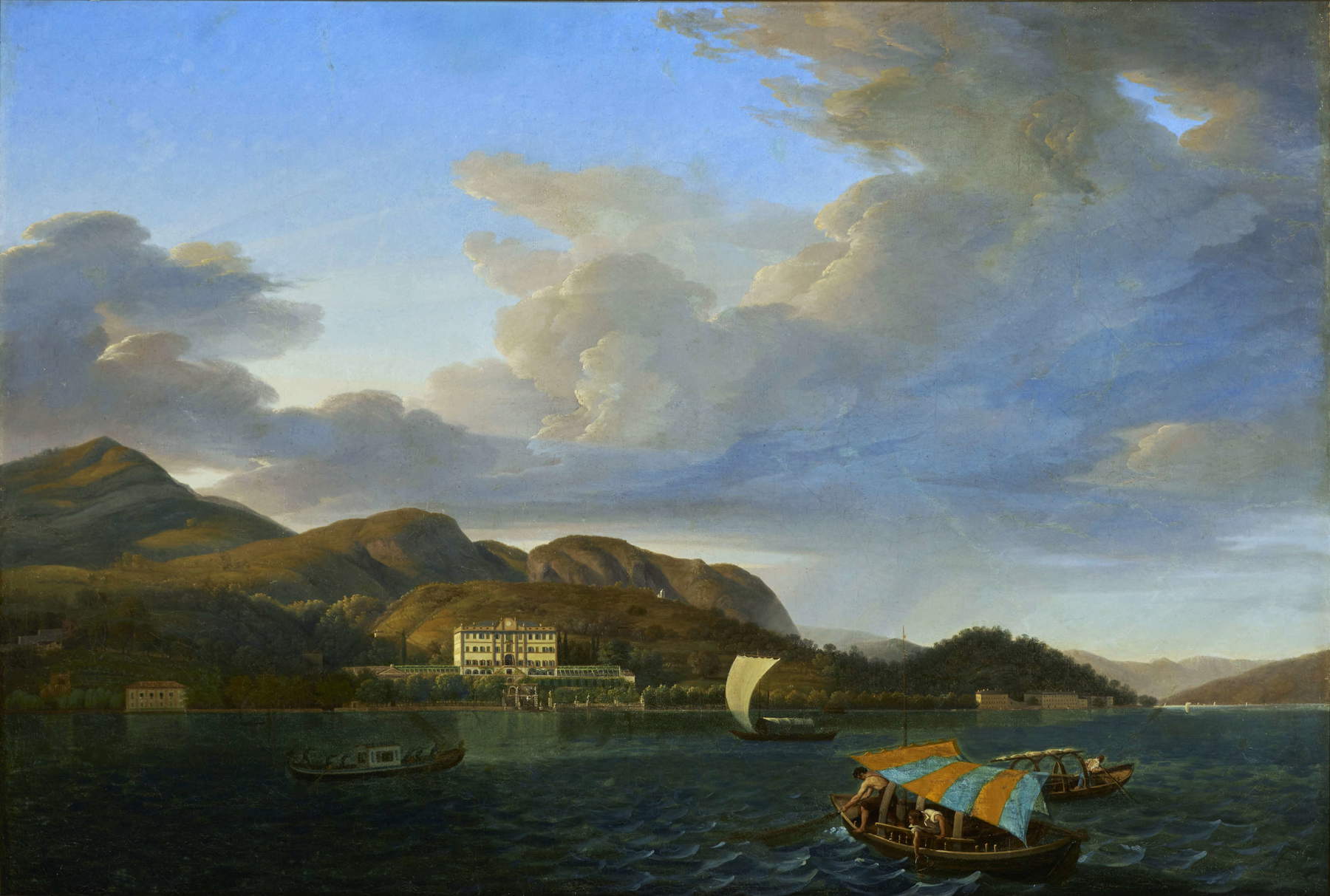
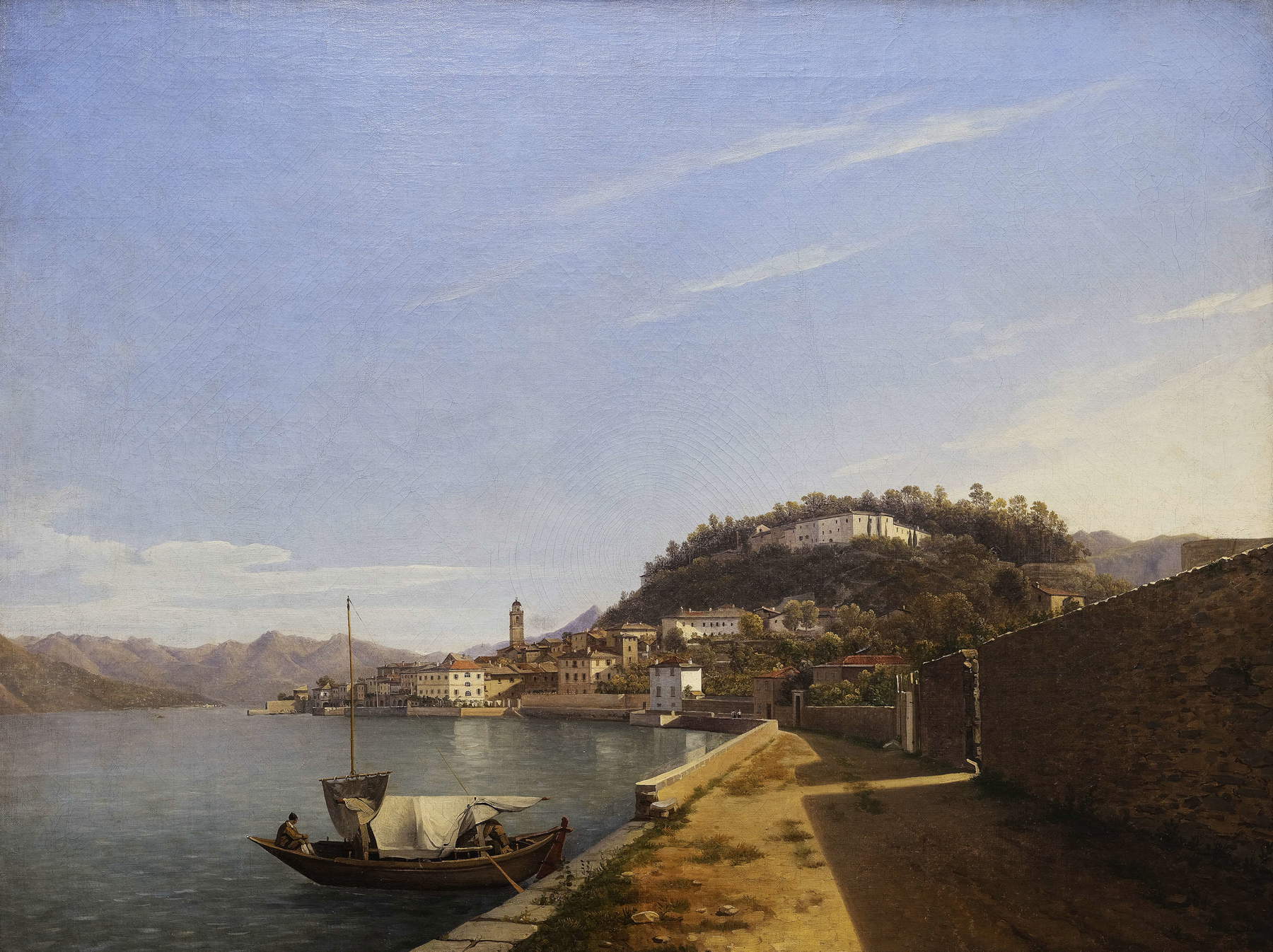
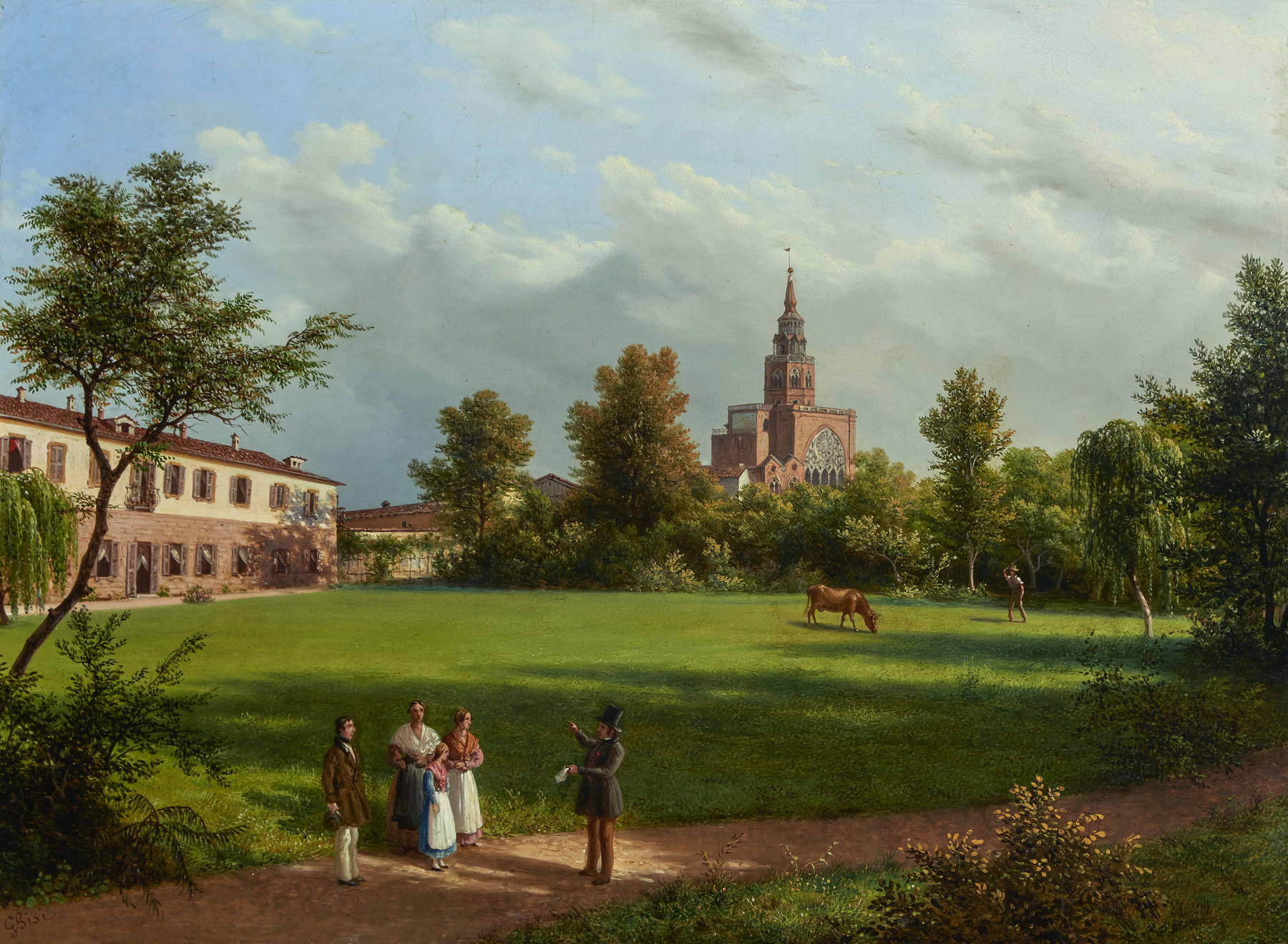
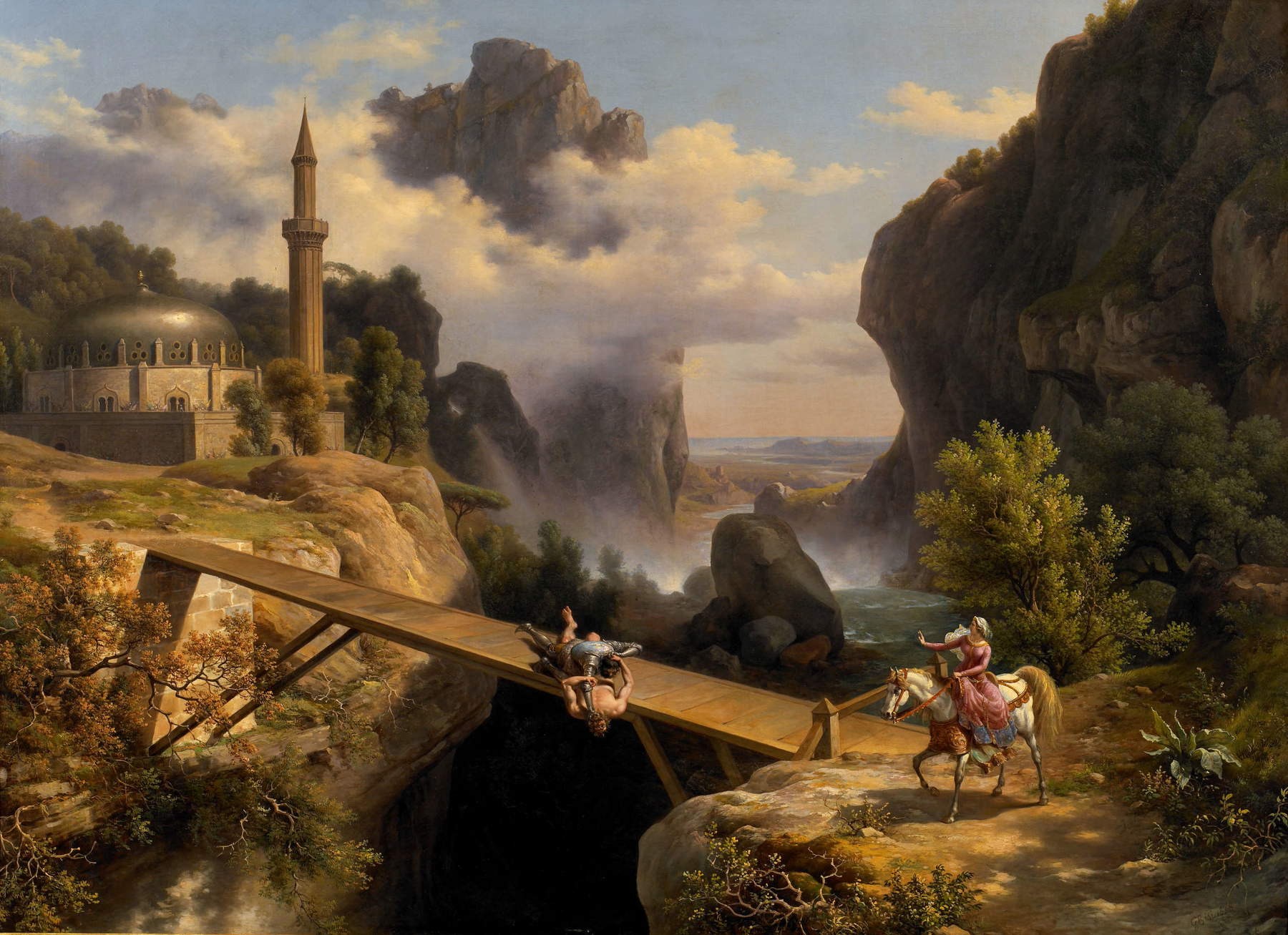
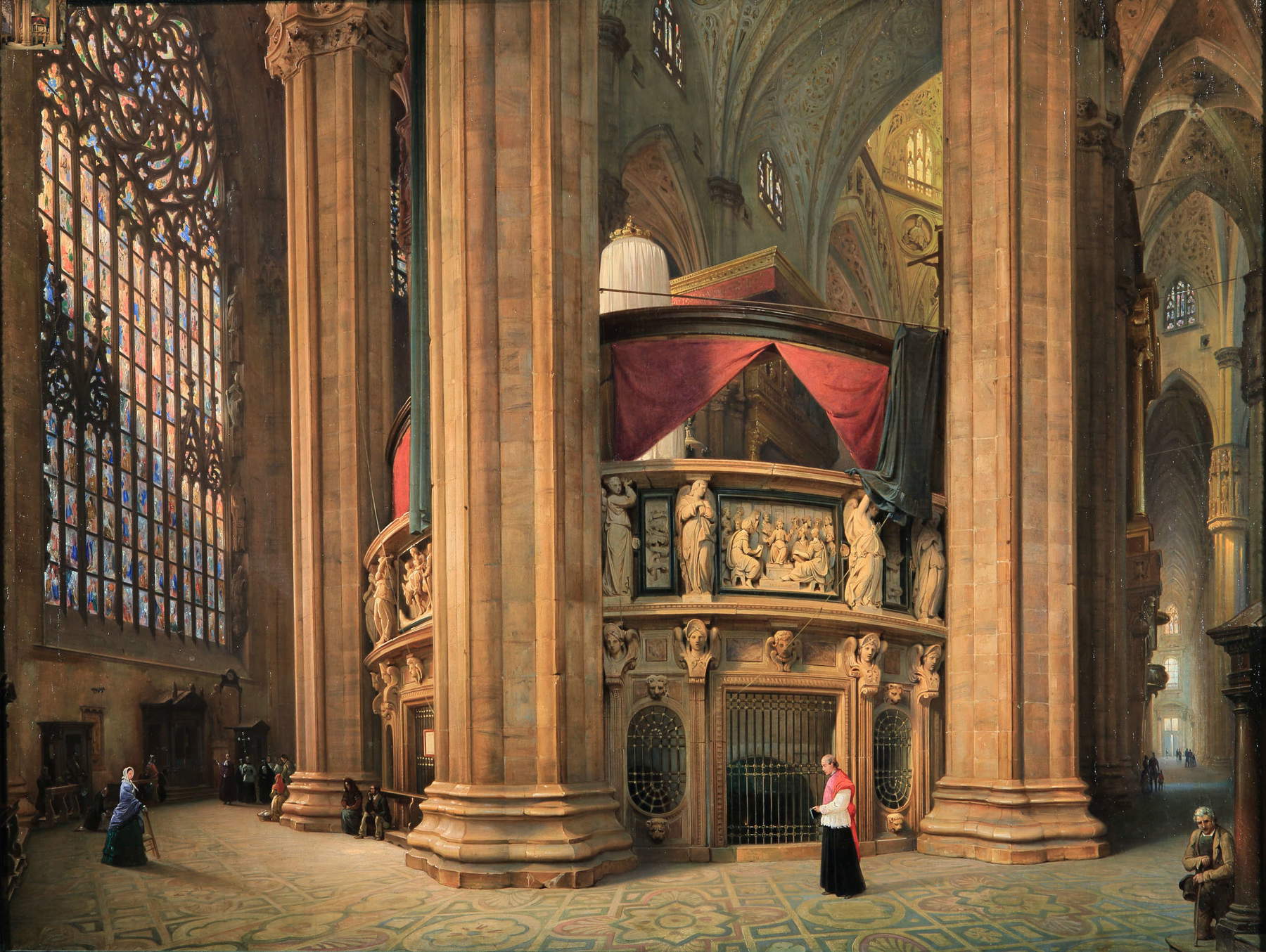
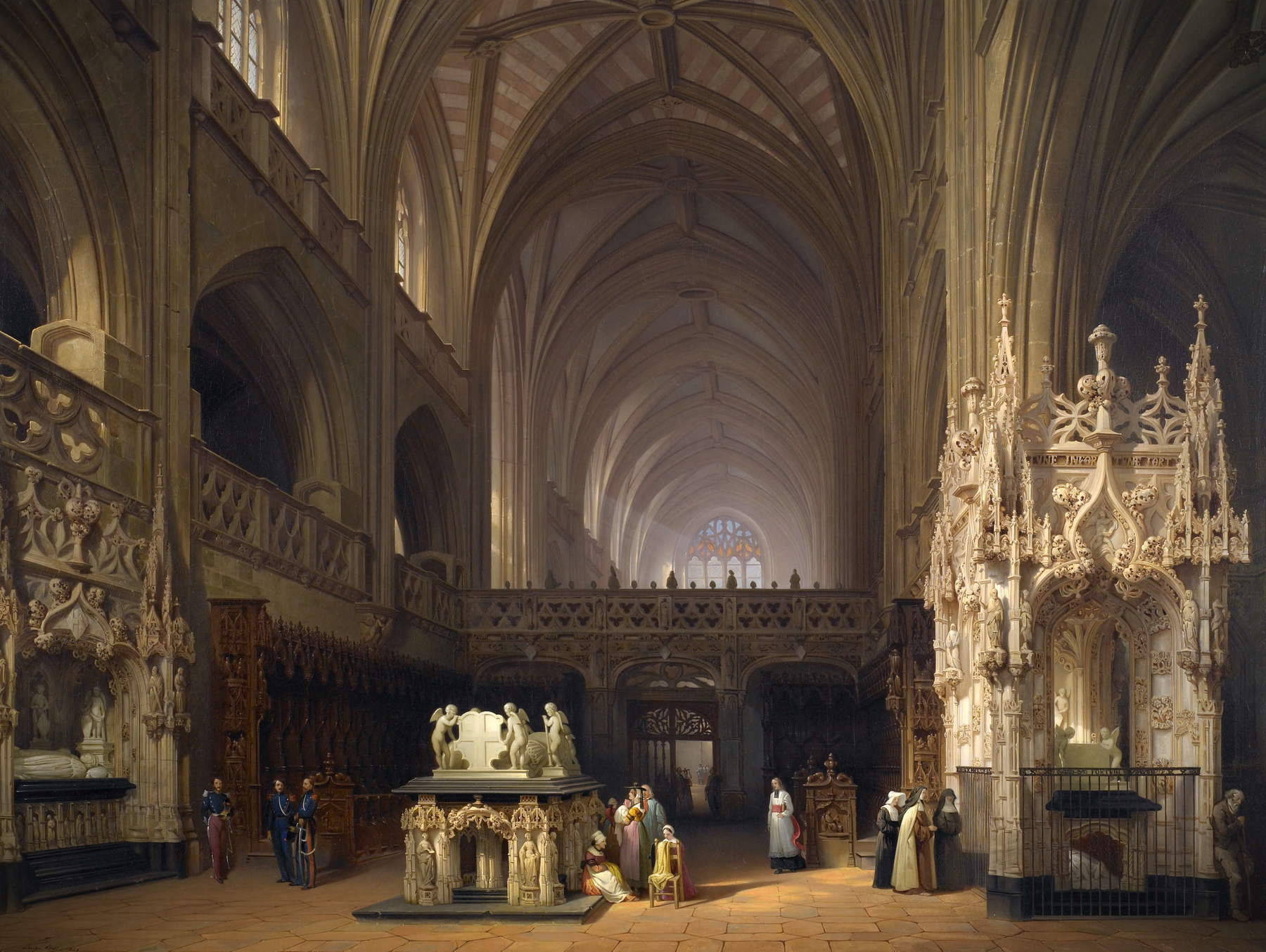
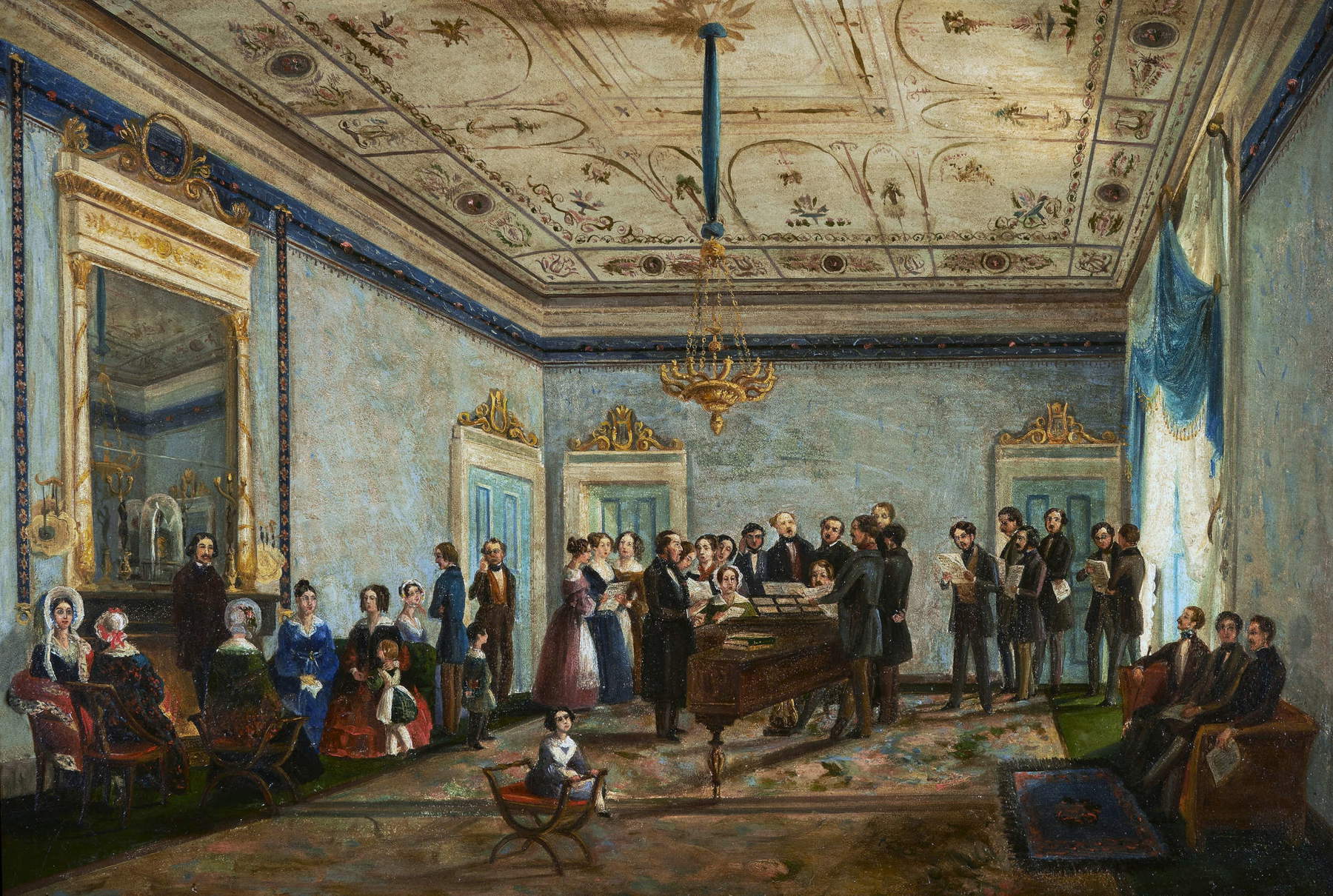
The last section explores the perspective views of Luigi Bisi, a specialist in architectural interiors. A student at the Brera Academy, Luigi Bisi, son of Michele, devoted himself to painting, specializing in a particular genre of vedutismo, that of perspective interiors of historic buildings. He made his debut at a very young age, and in 1837, when Giovanni Migliara, long considered the most significant representative of this strand, passed away, he took his place and won over Lombard and international patrons who, at least until the 1850s, competed for his works at the expense of those of other artists. His thematic repertoire mainly includes interiors of historic Milanese churches: Sant’Ambrogio, Sant’Eustorgio, San Maurizio at the Monastero Maggiore, Viboldone Abbey, and the Certosa di Pavia, the subject of scholarly studies by exponents of Romantic culture who value medieval architecture and arts. The fulcrum of Luigi Bisi’s research will be above all the interior of Milan Cathedral, the city’s identity symbol also in a patriotic sense, studied in its details in multiple drawings and watercolors and then evoked in oil compositions sometimes of great size that achieve extraordinary market success. There is also no shortage of the solemn and somewhat mysterious interiors of Gothic abbeys and monasteries beyond the Alps, connoted by a closer adherence to Biedermeier taste.
Alongside the exhibition, Villa Carlotta offers a rich calendar of events, lectures, educational activities and guided tours, also aimed at schools and fragile audiences. A volume of studies accompanied by an extensive iconographic apparatus and essays by scholars such as Chiara Battezzati, Alberto Corvi, Ilaria De Palma, Valter Rosa and Luca Tosi has also been published.
The exhibition, supported by the patronage and contribution of the Lombardy Region, will be open daily with varying hours depending on the period. Until Oct. 19, the museum will be open from 10 a.m. to 7 p.m., from Oct. 20 to Nov. 9 from 10 a.m. to 6 p.m., while on weekends at the end of November and on holidays in December, the hours will be from 10 a.m. to 4 p.m. On closed days, however, it will be possible to enter by appointment.
With this initiative, Villa Carlotta not only rediscovers an important chapter in Italian art history, but also restores visibility to a dynasty of artists who knew how to move between figurative culture, civic engagement and international relations, becoming a mirror of an era marked by Romanticism and the Risorgimento.
 |
| A major exhibition at Villa Carlotta on the Bisi, a dynasty of painters between Romanticism and the Risorgimento |
Warning: the translation into English of the original Italian article was created using automatic tools. We undertake to review all articles, but we do not guarantee the total absence of inaccuracies in the translation due to the program. You can find the original by clicking on the ITA button. If you find any mistake,please contact us.